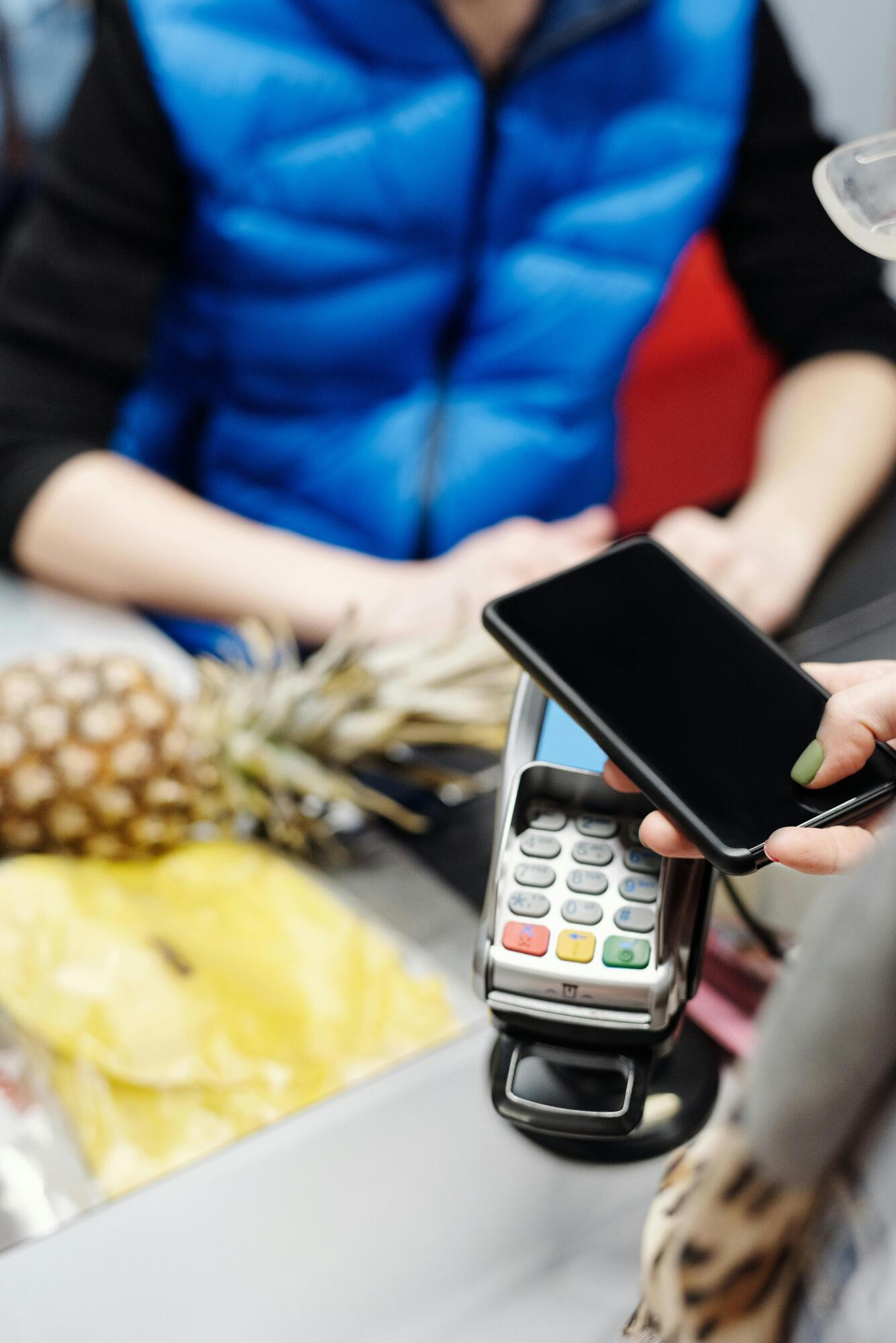Business
Digital vs. Cash: Understanding Consumer Payment Preferences

In today’s fast-changing world, the way people pay for goods and services has evolved quickly. Cash once dominated every transaction, but digital payments have taken center stage.
From mobile apps and credit cards to online wallets and contactless methods, technology has reshaped consumer habits. However, cash has not completely disappeared. Many people still rely on it for certain situations and personal preferences.
This article explores how digital and cash payments influence modern consumer behavior, focusing on convenience, trust, and spending patterns.
The Shift Toward Digital Payments
Digital payments have grown rapidly in recent years. With smartphones, internet access, and online shopping becoming part of everyday life, consumers find digital options easier and faster. Payment apps like the following have made transactions instant:
- Apple Pay
- Google Pay
- PayPal
- Venmo
Consumers can send money, split bills, or shop online within seconds. Businesses also prefer digital payments because they:
- reduce handling cash
- increase efficiency
- provide better record-keeping
For consumers, the simplicity of tapping a card or scanning a code makes spending effortless. This shift shows how convenience drives behavior in the digital age.
The Enduring Role of Cash
Despite the rise of digital payments, cash remains relevant. Some people still feel more comfortable using physical money. Cash offers a tangible sense of control that digital transactions lack. It helps users manage their budgets by physically seeing money leave their hands. Cash is also universal. It does not require a:
- smartphone
- internet connection
- bank account
For older adults, low-income individuals, or those living in areas with limited internet access, cash remains essential. In some cultures and communities, cash still plays a strong social and emotional role in daily life.
Convenience and Accessibility
Convenience is one of the main reasons people choose digital payments. Paying with a phone or card takes seconds, and it works almost everywhere. Online payments allow consumers to shop from home, saving time and effort.
However, cash has its own form of convenience. It is immediate-no need to worry about apps crashing or systems failing. In emergencies or during power outages, cash becomes the most reliable form of payment. While digital payments offer modern convenience, cash provides security in unpredictable situations.
Trust and Security Concerns
Trust plays a major role in how consumers choose payment methods. Many people trust digital systems because of encryption and fraud protection. Banks and payment platforms often reimburse users for unauthorized charges, creating a sense of safety. However, some consumers still distrust digital payments. They worry about:
- data breaches
- identity theft
- privacy issues
Cash, on the other hand, eliminates digital risks. It cannot be hacked, traced, or frozen by a system error. But it carries its own risks-loss or theft cannot be recovered.
Spending Behavior and Control
Digital payments make spending easier, but sometimes too easy. Because money becomes invisible in digital form, people tend to spend more without realizing it. Automatic payments, one-click purchases, and saved card details reduce the “pain” of paying, leading to impulsive buying.
Cash provides a physical reminder of money leaving the wallet. Studies have shown that people spend less when using cash because it feels more real. This awareness helps with budgeting and financial control. For this reason, some financial coaches recommend using cash for daily expenses to promote mindful spending.
Demographic Differences in Payment Preferences
Payment preferences vary widely among age groups. Younger generations, especially Millennials and Gen Z, favor digital payments. They grew up with technology and feel comfortable managing money online. They prefer convenience, speed, and the ability to track expenses through apps.
Older generations, however, often stick with cash or traditional card payments. Many value privacy and the sense of security that comes with physical money. They may not fully trust or understand digital platforms.
Business Perspectives on Payment Methods
Businesses are adapting to meet changing consumer preferences. Many retailers now accept both digital and cash payments to serve all customers. Digital payments allow businesses to operate faster and reduce the costs of handling physical money. They also make accounting and reporting easier through automated systems.
Yet, accepting cash remains important. Some customers prefer it, and in certain areas, laws require businesses to accept cash to ensure inclusivity. Businesses that refuse cash risk losing customers who value traditional payment options. The balance between digital efficiency and cash accessibility is key to serving a diverse consumer base.
Global and Local Payment Trends
Globally, digital payments are expanding at an incredible pace. Countries like Sweden and South Korea are moving closer to becoming cashless societies. In contrast, other nations maintain a strong cash culture due to trust, tradition, or infrastructure limitations.
In the United States, digital payments dominate in urban and online markets, while cash use remains steady in rural areas and for small purchases. Common scenarios where Americans use cash include tipping, small local stores, or events where card systems are unavailable. These patterns show that even in advanced economies, both forms of payment coexist.
The Psychological Side of Payments
How people feel about payments can be just as important as convenience or security. Digital payments make transactions feel seamless. But that smoothness can disconnect people from their spending. Without the physical act of handing over money, the emotional weight of spending is reduced.
Cash, in contrast, involves a tangible exchange. The act of giving money away creates a stronger awareness of value. This psychological difference affects how people plan, save, and prioritize purchases.
The Future of Consumer Payments
The future will likely bring even more digital innovation. Technologies like the following are shaping the next generation of financial transactions:
- biometric payments
- digital currencies
- blockchain
These systems promise faster, safer, and more transparent ways to move money. Still, cash is unlikely to disappear soon. Governments and central banks recognize the need to keep cash available for accessibility and stability. The following scenario could easily remind society of cash’s value:
- crises
- power outages
- cybersecurity threats
Consumers may also demand flexibility-a mix of digital and cash options that suit different situations. The balance between innovation and tradition will define the future of how people pay.
All About Consumer Payment Preferences
In conclusion, both digital and cash payments have their own benefits and drawbacks. Digital payments offer speed, convenience, and security for most modern consumers.
However, cash remains important for those who value privacy or have limited access to digital tools. The best choice often depends on personal comfort and lifestyle. As technology continues to grow, consumer preferences will likely keep shifting toward digital options.
Looking for more tips and ideas? We’ve got you covered. Check out some of our other posts now.
-

 Celebrity1 year ago
Celebrity1 year agoWho Is Jennifer Rauchet?: All You Need To Know About Pete Hegseth’s Wife
-

 Celebrity1 year ago
Celebrity1 year agoWho Is Mindy Jennings?: All You Need To Know About Ken Jennings Wife
-

 Celebrity1 year ago
Celebrity1 year agoWho Is Enrica Cenzatti?: The Untold Story of Andrea Bocelli’s Ex-Wife
-

 Celebrity1 year ago
Celebrity1 year agoWho Is Klarissa Munz: The Untold Story of Freddie Highmore’s Wife
















